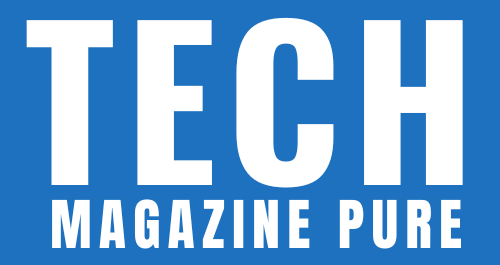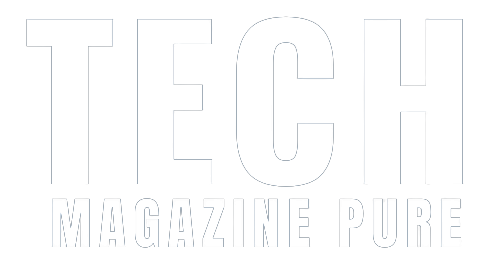As technology evolves, so do the tools that empower businesses to communicate and collaborate effectively. Microsoft’s Skype for Business has been a popular platform for virtual meetings and instant messaging. However, Microsoft has announced the end of life for Skype for Business, signifying a strategic shift towards Microsoft Teams as the preferred communication and collaboration solution. This article delves into the significance of the Skype for Business end of life transition, its impact on businesses, the benefits of migrating to Microsoft Teams, a step-by-step migration guide, and how this transition ensures a seamless communication and collaboration experience for organizations.
1. The Significance of Skype for Business End of Life
Skype for Business end of life and its implications for businesses relying on this platform for communication and collaboration.
2. Impact on Businesses
The article explores the impact of the end of life announcement on businesses, emphasizing the need for a smooth and strategic transition to an alternative solution.
3. Benefits of Transitioning to Microsoft Teams
Microsoft Teams offers a comprehensive suite of communication and collaboration tools. The article highlights the advantages of migrating to Teams, such as integrated features, enhanced productivity, and improved user experience.
4. Step-by-Step Migration Guide
A detailed step-by-step guide is provided to businesses on how to plan and execute a successful migration from Skype for Business to Microsoft Teams.
5. Understanding Microsoft Teams Features
The article offers insights into the various features and functionalities of Microsoft Teams, enabling businesses to leverage the full potential of the platform.
6. Communicating the Transition to Users
Communication is key during any transition. The article discusses strategies for effectively communicating the migration to Microsoft Teams to users and teams within the organization.
7. Training and Support
The migration to Microsoft Teams may require training and support for users. The article explores various training resources and support options available to businesses.
8. Data Migration and Archiving
Ensuring a smooth data migration and archiving of Skype for Business data is essential. The article discusses best practices for data migration and data retention.
9. Integration with Other Microsoft Products
Microsoft Teams seamlessly integrates with other Microsoft products, such as Office 365 and SharePoint. The article explores the benefits of this integration for streamlined workflows.
10. Ensuring a Seamless Communication and Collaboration Experience
By successfully transitioning to Microsoft Teams, organizations can ensure a seamless communication and collaboration experience, fostering productivity and teamwork.
The end of life for Skype for Business marks a significant turning point for organizations’ communication and collaboration strategies. By embracing the transition to Microsoft Teams, businesses can unlock the full potential of modern communication and collaboration tools. The step-by-step migration guide, understanding the benefits of Teams, and efficient data migration ensure a smooth transition that empowers organizations to thrive in the digital age.
Skype for Business end of life transition presents a unique opportunity for businesses to elevate their communication and collaboration efforts. By following the comprehensive migration guide and embracing Microsoft Teams, organizations can foster seamless communication, drive productivity, and remain at the forefront of innovation in the ever-evolving business landscape. Embrace the benefits of transitioning to Microsoft Teams and unlock the power of modern communication and collaboration for your organization’s success.


